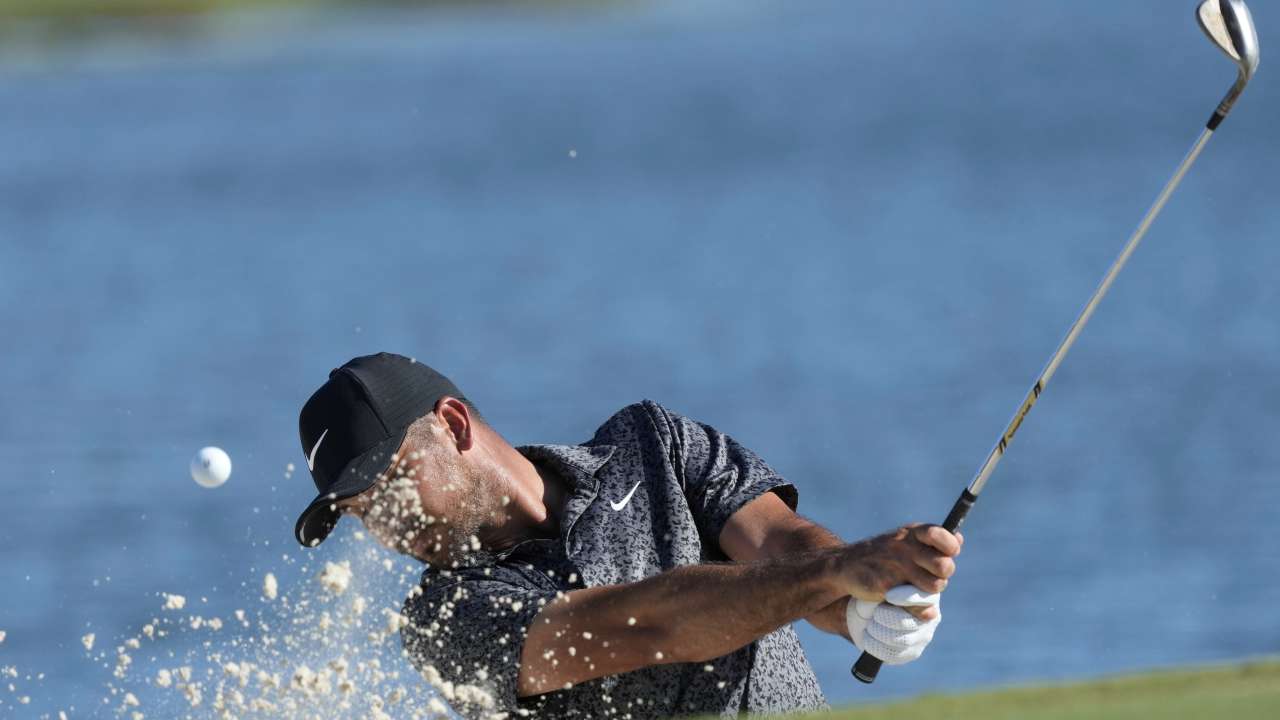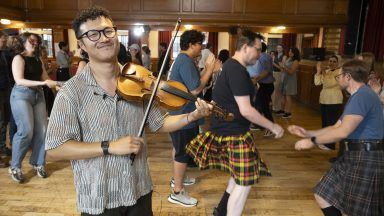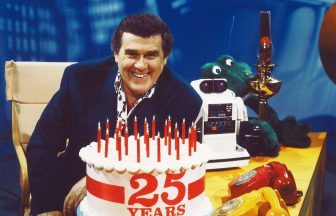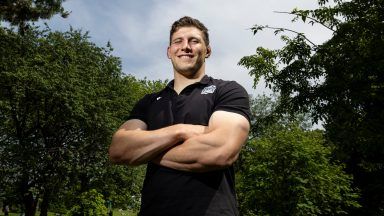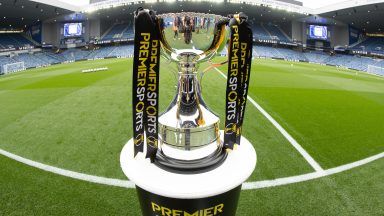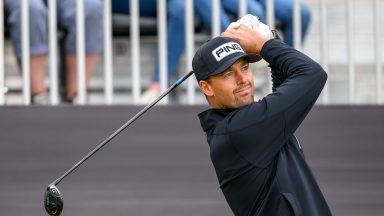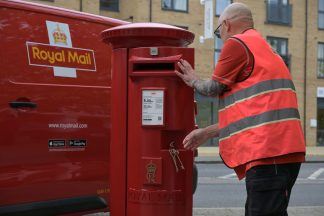By Suzanne Elliott, Multimedia Producer
Golf might be about to get harder for professionals and amateurs alike as the sport’s governing bodies announced a major change that seeks to curb how far a golfer can hit a ball for everyone from Tiger Woods to a weekend hacker.
In a significant step for the game, the United States Golf Association (USGA) and the Royal and Ancient Golf Club of St Andrews (R&A) announced balls will be slowed in a bid to rein in increasingly long drives.
The move is the result of five years of intensive study on distance that led the governing bodies to believe consistent gains off the tee — some 30 yards by PGA Tour players over the last 25 years — was detrimental to the game.
The change is not effective until 2028 for tour and elite golf, and 2030 for recreational golfers.
“The R&A and USGA will update the testing conditions used for golf ball conformance under the Overall Distance Standard (ODS), which will take effect in January 2028,” the USGA and R&A said in a joint statement.
“The decision aims to reduce the impact increased hitting distances have on golf’s long-term sustainability while minimizing the impact on the recreational game.”
Why is this move being introduced and what will it mean for elite and recreational golfers alike?
The growing athleticism of golfers coupled with improved technology has meant “distance gains” have stretched distances so much that golf courses are struggling to contain these ever-increasing drives.
With iconic courses at risk and concerns over the direction of the game, the move has been made to change equipment testing to make sure the golf ball doesn’t go as far.
Back in 2020, a joint ‘Distance Insights Project’ by the United States Golf Association and the R & A expressed concern about the impact of increasingly long balls was having on existing courses and the push towards building longer courses.
The project studied distances over a 100 years, and found that by the end of 2019, the average drive of the 20 longest hitters on the European and PGA tours was 310 yards (284 metres).
“The expectation of every generation that they’re going to hit it longer than the previous generation, we think that is taking golf in the wrong direction,” then-USGA CEO Mike Davis said at the time. “And we do see some really good opportunities to mitigate these pressures.”
But it is not without controversary.
What is the new test?
The new test will be a club swung at 125 mph, equivalent to ball speed of 183 mph (up from 120 mph club speed and 176 mph ball speed); with a spin rate of 2,200 rpm (down from 2,520 rpm) and a launch angle of 11 degrees (previously 10 degrees).
What different will the new rules make?
According to the USGA, analysis of ball speeds among golf’s longest hitters in 2023 showed the fastest ten players had an average ball speed of 186 mph, while the average ball speed of the fastest 25 was 183.4 mph (the very fastest averaged 190 mph).
After the introduction of the new balls, the longest hitters are expected to see a reduction of as much as 13-15 yards in drive distance, the governing body said.
“Average professional tour and elite male players are expected to see a reduction of nine-11 yards, with a five-seven-yard reduction for an average LPGA or Ladies European Tour (LET) player.”
Recreational players are likely to see a minimal distance impact, give yards or less, for most.
“Research shows an average swing speed of 93 mph for male golfers and 72 mph for female players,” the USGA said.
Why is it controversial?
Originally, the new ball rule was aimed at elite players, but there were concerns this would “bifurcate” – pros and amateurs using different equipment – the professional and recreational game.
Tiger Woods has backed the roll-back for professionals but not for amateurs.
And there are those who say one of golf’s main goals is to hit the ball as far as it can go.
The PGA Tour has said it would not adopt the proposed “Model Local Rule” and has made it clear it was was not entirely pleased with a new equipment rule.
“Throughout the process, we have provided feedback to the USGA and The R&A and are pleased to see a number of our recommendations reflected in this most recent announcement,” the tour said in a statement.
“However, we believe the proposed increase in test clubhead speed to 125 mph is disproportional to the rate of increase we see when analyzing PGA Tour radar data.”
The PGA Tour had 98 players who averaged 300 yards in driving distance, led by Rory McIlroy at 326.3 yards.
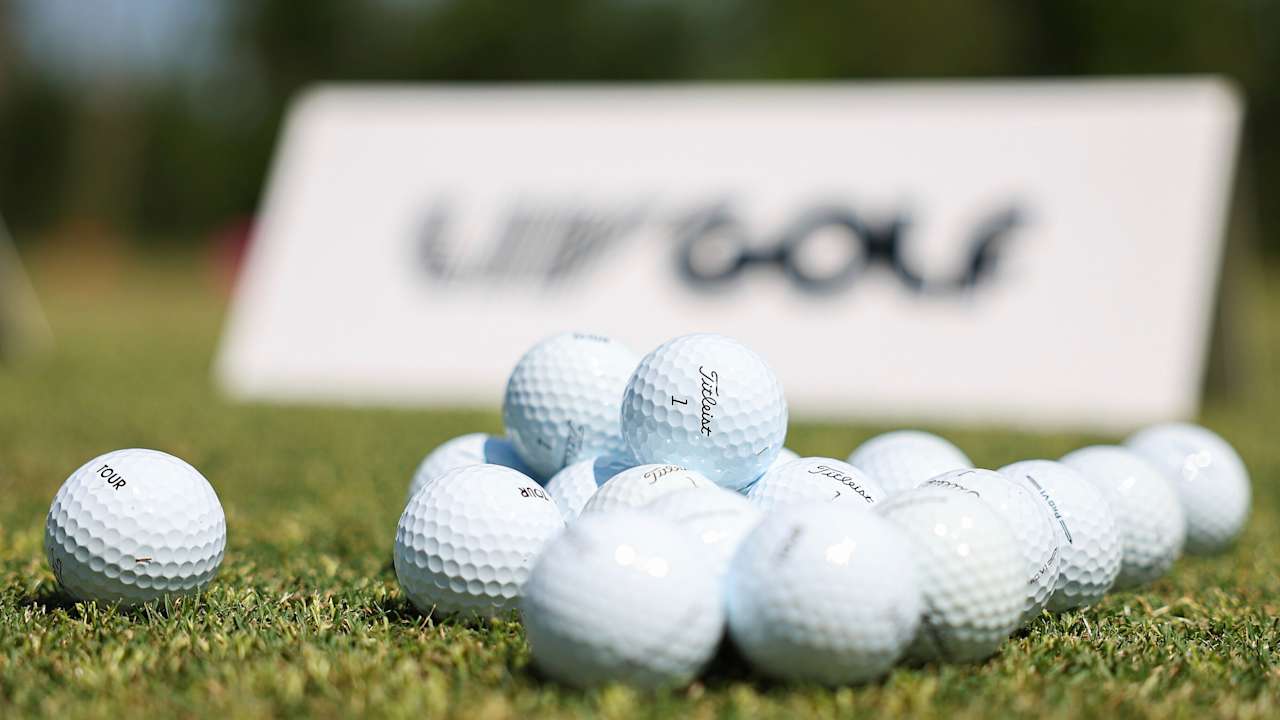
Why do some players disagree with the rule?
The decision has not just created an amatueur v pro split, but a gender one.
LPGA player Jenny Shin is among those who has suggested the golf ball rollback is not the best solution.
Shin, who has been a pro golfer for 12 years, hits the ball an average of 257 yards off the tee.
But in a post on X this week, she wrote: “I finally got my 7iron to fly 152yards, carry, now they want to roll it back.
“How depressing. Why can’t men just have different driver heads.”
Adam Scott echoed Shin’s opinion on an episode of podcast, The Smylie Show, over the summer.
“The ball is the ball,” Scott said. “The biggest fundamental change in the game since I’ve been a pro is traditionally the driver has been the hardest club to hit in the bag, and now it’s the most forgiving. That’s the biggest evolutionary change in the golf bag to me, out of the equipment.”

Do some golfers back the plan?
Some top pros have welcomed the move.
On X, Rory McIlroy wrote earlier this week: “I don’t understand the anger about the golf ball roll back. It will make no difference whatsoever to the average golfer and puts golf back on a path of sustainability. It will also help bring back certain skills in the pro game that have been eradicated over the past 2 decades.”
McIlroy replied to a follower: “I don’t believe an average golfer giving up 5-10 yards off the tee is going to have a material effect on their actual score, handicap or enjoyment of the game.”
And Jack Nicklaus, an 18-time major winner, has repeatedly said that distance in the game needs to be checked.
“The USGA has got to wake up sooner or later, the R&A,” Nicklaus said on Golf Channel in 2020.
“They can’t keep burying their heads to this. They see it, they watch television, they see where these guys hit the golf ball. It isn’t about how far they hit it. You just can’t keep making golf courses longer. You just don’t have enough land. You don’t have enough money to do it.
“And the golf ball is a very, very simple thing to fix. And I’ve been preaching about it, good gracious, I’ve been preaching about it now — 43 years I first went to the USGA. I mean, that’s a long time to be saying, “Well, we’re studying it.’ Guys, stop studying. Do something, will you please?”
“We’re losing our historically important venues,” 17-time LPGA Tour winner Dottie Pepper said during a recent PGA Tour SiriusXM interview. “I believe the artistry of the game has been lost because we’ve chased distance. The manufacturers were given too much free rein for too long.”
Announcing the change, Mike Whan, CEO of the USGA. said: “Governance is hard. And while thousands will claim that we did too much, there will be just as many who said we didn’t do enough to protect the game long-term.
“But from the very beginning, we’ve been driven to do what is right for the game, without bias. As we’ve said, doing nothing is not an option – and we would be failing in our responsibility to protect the game’s future if we didn’t take appropriate action now.”
Follow STV News on WhatsApp
Scan the QR code on your mobile device for all the latest news from around the country


